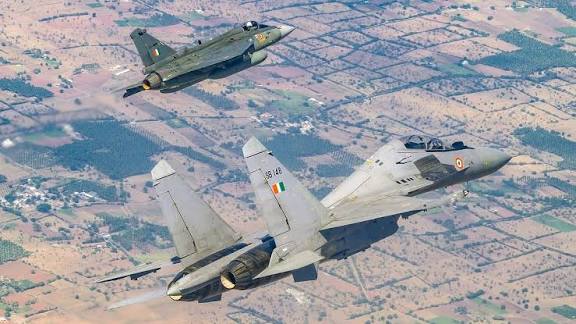India has announced plans to invest around ₹654 billion (approximately $7.44 billion) to develop and produce engines for its next-generation fighter aircraft by 2035.
The project is a major step toward boosting the country’s self-reliance in defense technology and reducing dependence on foreign suppliers.
According to S.V. Ramana Murthy, the head of India’s Gas Turbine Research Establishment (GTRE), the country will need about 1,100 engines over the next decade to power various defense programs, including advanced fighter jets and other military aircraft.
This large-scale initiative is part of India’s long-term vision to build indigenous defense capabilities while also working closely with global industry leaders.
To achieve this goal, India is forming partnerships with major international companies such as Safran from France, Rolls-Royce from the United Kingdom, and General Electric from the United States. These collaborations will help bring in advanced technology, technical expertise, and manufacturing experience.
The investment will not only strengthen India’s defense industry but also create new opportunities for research, engineering, and job creation within the country.
Experts believe that developing homegrown engine technology will enhance India’s strategic autonomy, allowing it to design, produce, and maintain critical defense systems independently.
By 2035, India aims to emerge as a global hub for advanced aircraft engine development, contributing to both its national security and economic growth.
This initiative marks a key milestone in India’s journey toward becoming self-sufficient in defense manufacturing under its “Make in India” vision.


